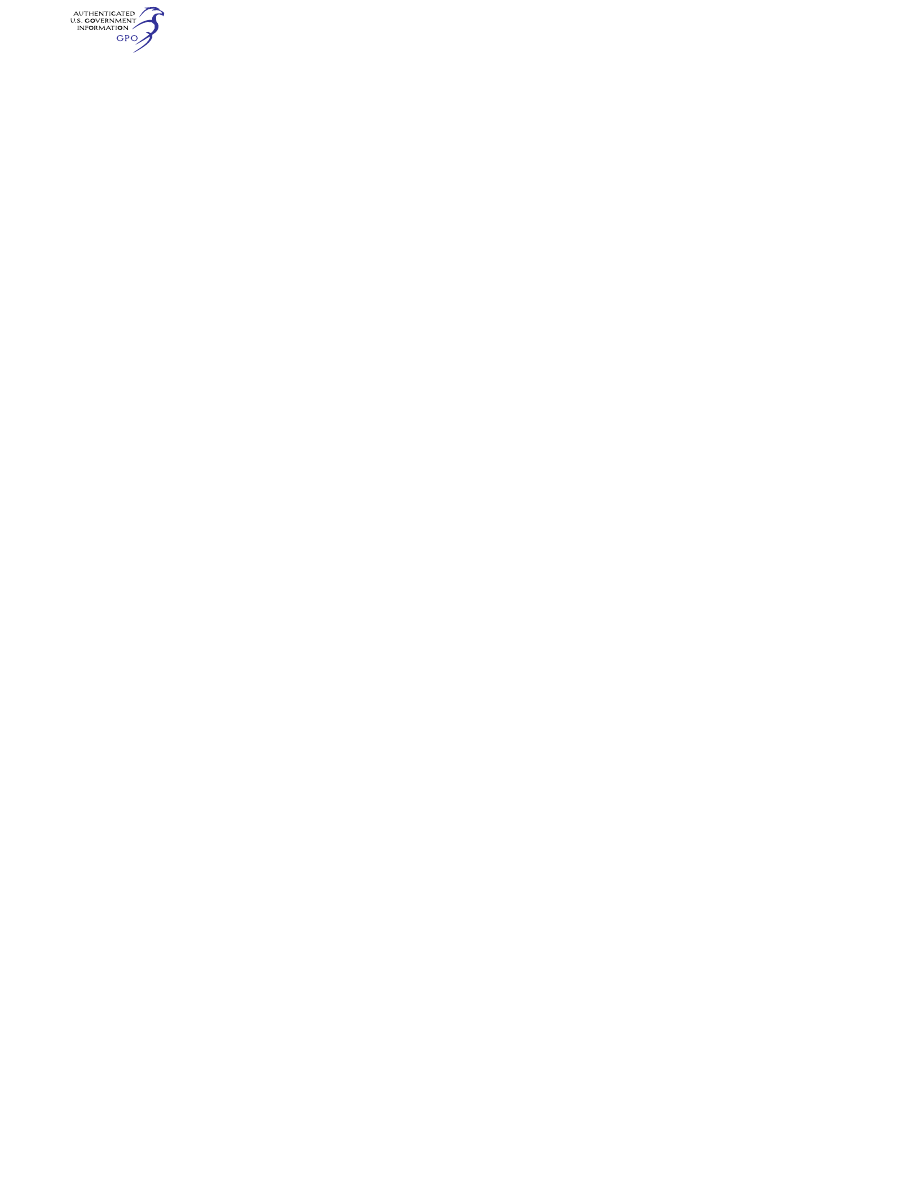
277
Federal Aviation Administration, DOT
§ 25.773
the propellers so that no member of the
minimum flight crew (established
under § 25.1523), or part of the controls,
lies in the region between the plane of
rotation of any inboard propeller and
the surface generated by a line passing
through the center of the propeller hub
making an angle of five degrees for-
ward or aft of the plane of rotation of
the propeller.
(c) If provision is made for a second
pilot, the airplane must be controllable
with equal safety from either pilot
seat.
(d) The pilot compartment must be
constructed so that, when flying in
rain or snow, it will not leak in a man-
ner that will distract the crew or harm
the structure.
(e) Vibration and noise characteris-
tics of cockpit equipment may not
interfere with safe operation of the air-
plane.
[Doc. No. 5066, 29 FR 18291, Dec. 24, 1964, as
amended by Amdt. 25–4, 30 FR 6113, Apr. 30,
1965]
§ 25.772
Pilot compartment doors.
For an airplane that has a lockable
door installed between the pilot com-
partment and the passenger compart-
ment:
(a) For airplanes with a maximum
passenger seating configuration of
more than 20 seats, the emergency exit
configuration must be designed so that
neither crewmembers nor passengers
require use of the flightdeck door in
order to reach the emergency exits pro-
vided for them; and
(b) Means must be provided to enable
flight crewmembers to directly enter
the passenger compartment from the
pilot compartment if the cockpit door
becomes jammed.
(c) There must be an emergency
means to enable a flight attendant to
enter the pilot compartment in the
event that the flightcrew becomes in-
capacitated.
[Doc. No. 24344, 55 FR 29777, July 20, 1990, as
amended by Amdt. 25–106, 67 FR 2127, Jan. 15,
2002]
§ 25.773
Pilot compartment view.
(a)
Nonprecipitation conditions. For
nonprecipitation conditions, the fol-
lowing apply:
(1) Each pilot compartment must be
arranged to give the pilots a suffi-
ciently extensive, clear, and undis-
torted view, to enable them to safely
perform any maneuvers within the op-
erating limitations of the airplane, in-
cluding taxiing takeoff, approach, and
landing.
(2) Each pilot compartment must be
free of glare and reflection that could
interfere with the normal duties of the
minimum flight crew (established
under § 25.1523). This must be shown in
day and night flight tests under non-
precipitation conditions.
(b)
Precipitation conditions. For pre-
cipitation conditions, the following
apply:
(1) The airplane must have a means
to maintain a clear portion of the
windshield, during precipitation condi-
tions, sufficient for both pilots to have
a sufficiently extensive view along the
flight path in normal flight attitudes
of the airplane. This means must be de-
signed to function, without continuous
attention on the part of the crew, in—
(i) Heavy rain at speeds up to 1.5 V
SR1
with lift and drag devices retracted;
and
(ii) The icing conditions specified in
Appendix C of this part and the fol-
lowing icing conditions specified in Ap-
pendix O of this part, if certification
for flight in icing conditions is sought:
(A) For airplanes certificated in ac-
cordance with § 25.1420(a)(1), the icing
conditions that the airplane is certified
to safely exit following detection.
(B) For airplanes certificated in ac-
cordance with § 25.1420(a)(2), the icing
conditions that the airplane is certified
to safely operate in and the icing con-
ditions that the airplane is certified to
safely exit following detection.
(C) For airplanes certificated in ac-
cordance with § 25.1420(a)(3) and for air-
planes not subject to § 25.1420, all icing
conditions.
(2) No single failure of the systems
used to provide the view required by
paragraph (b)(1) of this section must
cause the loss of that view by both pi-
lots in the specified precipitation con-
ditions.
(3) The first pilot must have a win-
dow that—
(i) Is openable under the conditions
prescribed in paragraph (b)(1) of this
VerDate Sep<11>2014
09:06 Jun 28, 2024
Jkt 262046
PO 00000
Frm 00287
Fmt 8010
Sfmt 8010
Y:\SGML\262046.XXX
262046
jspears on DSK121TN23PROD with CFR